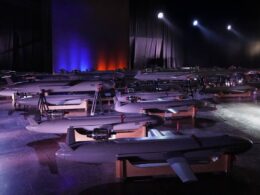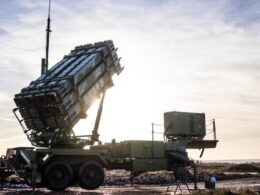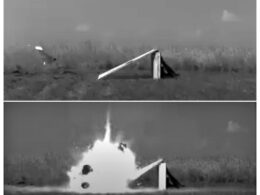The Ukrainian AirUnit company has launched the development of FPV drones with a self-guided system that should overcome Russian electronic warfare and increase the impact of strikes on Russian positions, Fokus said, citing co-owner of the company Andrii Shtepa.
Over the past 15 months, Ukaine’s Defense Ministry has already put into service more than 30 models of unmanned aerial vehicles of various types, from reconnaissance and attack drones to loitering munitions.
However, Russia also effectively introduces technologies into its army and efficiently utilizes inexpensive solutions. The cheaper the means one side employs and the greater the losses they impose on the other, the more effective they make combat operations.
“We need cost-effective solutions that will achieve at least 20% effectiveness when launching a kamikaze drone to alter the situation on the front significantly. We aim to create a reliable product that will work flawlessly, pose no issues, be user-friendly, and exhibit an efficiency exceeding 20%,” Andrii Shtepa said.
According to the developer’s calculations, the effectiveness of Ukrainian FPV drones is currently around 10%. The effectiveness of the Russian Lancet drones is approximately 25%-30%.
With the autonomous system, the drone operator will need to capture the target by clicking on the object on the screen, and the drone will be able to fly to it independently, even under the influence of electronic warfare. Most often, communication with the ground station is lost if there is no electronic suppression when the drone descends and goes to the target – radio signals do not reach due to the terrain.
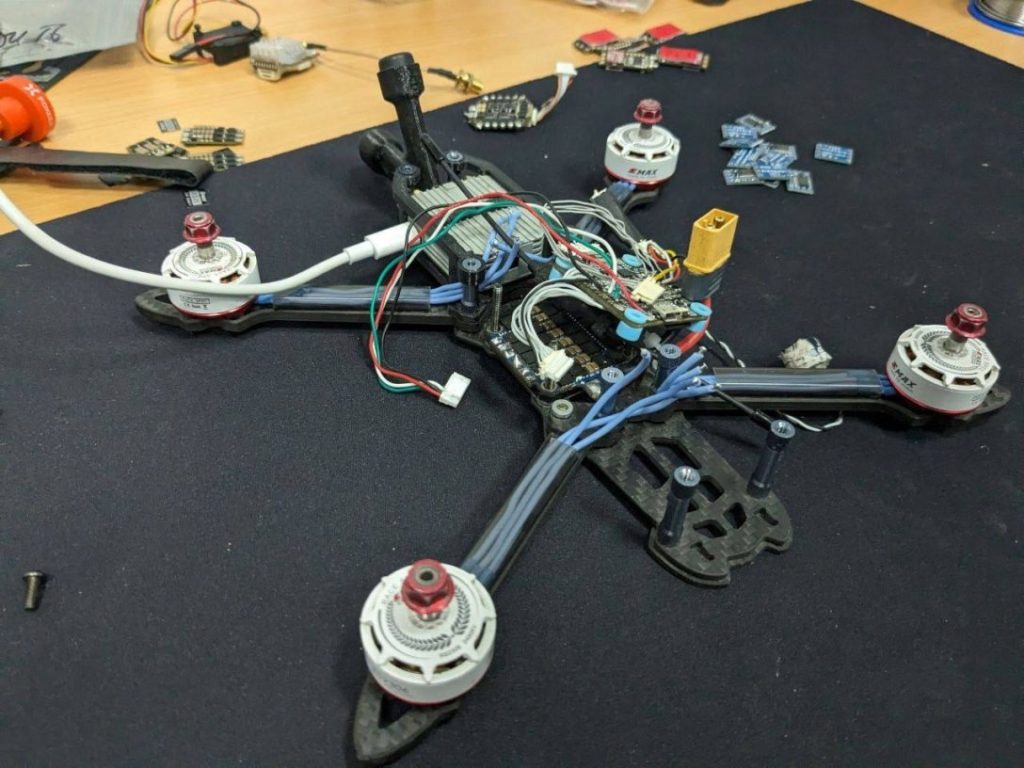
“Currently, there is a global issue – none of the Ukrainian drone manufacturers have solved the issue of automatic guidance. This is exactly what we want to offer first. Perhaps someone will be a little ahead of us, but we already have an agreement with manufacturers of processors and chips for computer vision. We plan to solve the problem by using computer vision and building an algorithm for the drone’s operation during a loss of communication,” Shtepa said.
The self-guided system makes drones two to three times more expensive, but according to Shtepa, this price will not be extremely high.
“We started working with drone components and received Evaluation Kits for testing and assembling prototypes, which comes out to $180 for an onboard computer, which will essentially be a flight controller, which is very cheap. I think, the final cost of the board we will offer will be around 25,000-30,000 hryvnias, which is not much more expensive than the products already available in Ukraine,” Shtepa concluded.
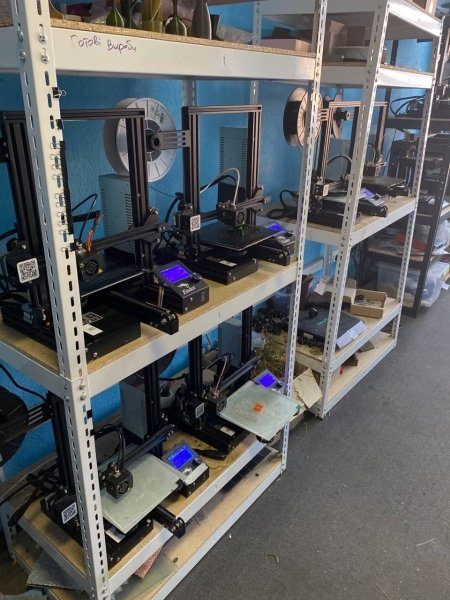
The first prototypes of the self-guided FPV drones will be delivered to the Ukrainian military in September, and after confirmation of their effectiveness, mass production will begin.
Currently, the company manufactures three types of drones for different tasks and targets: a 7-inch frame drone, a 9-inch frame drone, and a wing-type drone for rear targets.
“We plan to produce 10,000 FPV drones of all three types by the end of the year,” the project manager said.
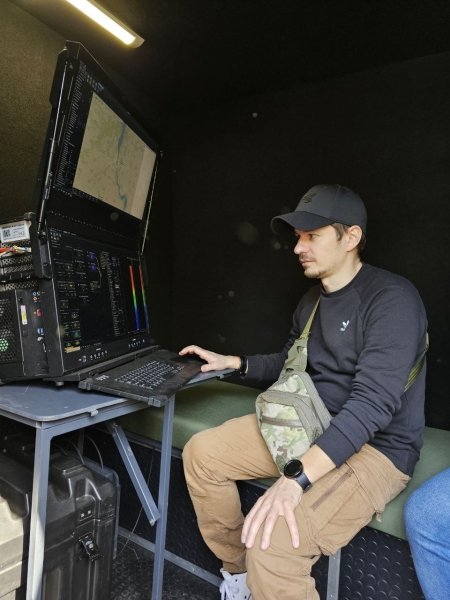
AirUnit also brings to Ukraine and helps to integrate electronic warfare and reconnaissance equipment from the German AARonia company.
Read also:
- President Zelenskyy wants to expand domestic production and imports of drones
- Ukraine conducted 39 attacks on Crimea with drones and missiles in June-July 2023
- Ukrainian marine drones are improving, recent attack on Novorossiysk shows
- Ukraine starts production of 500 km range drones



